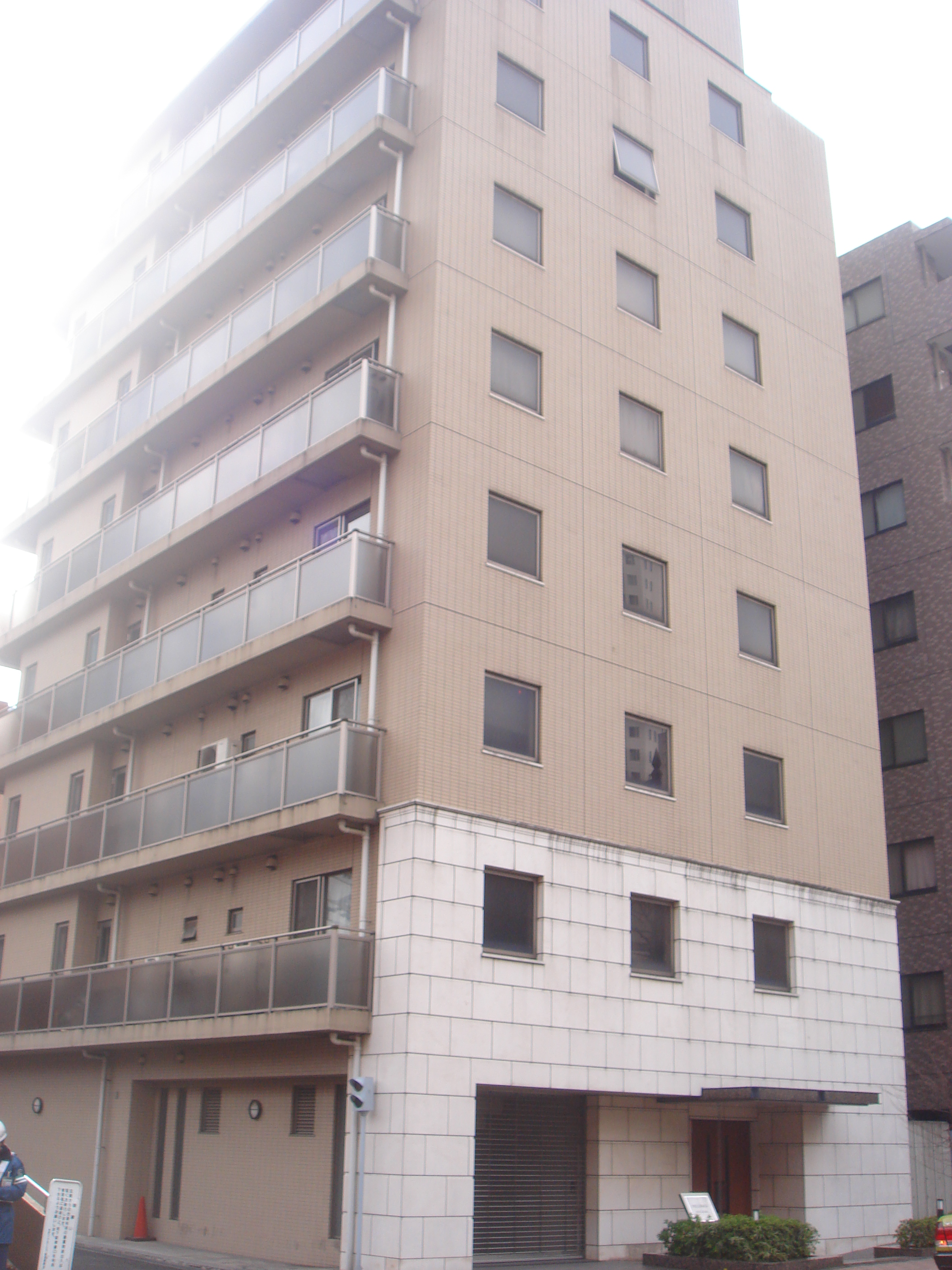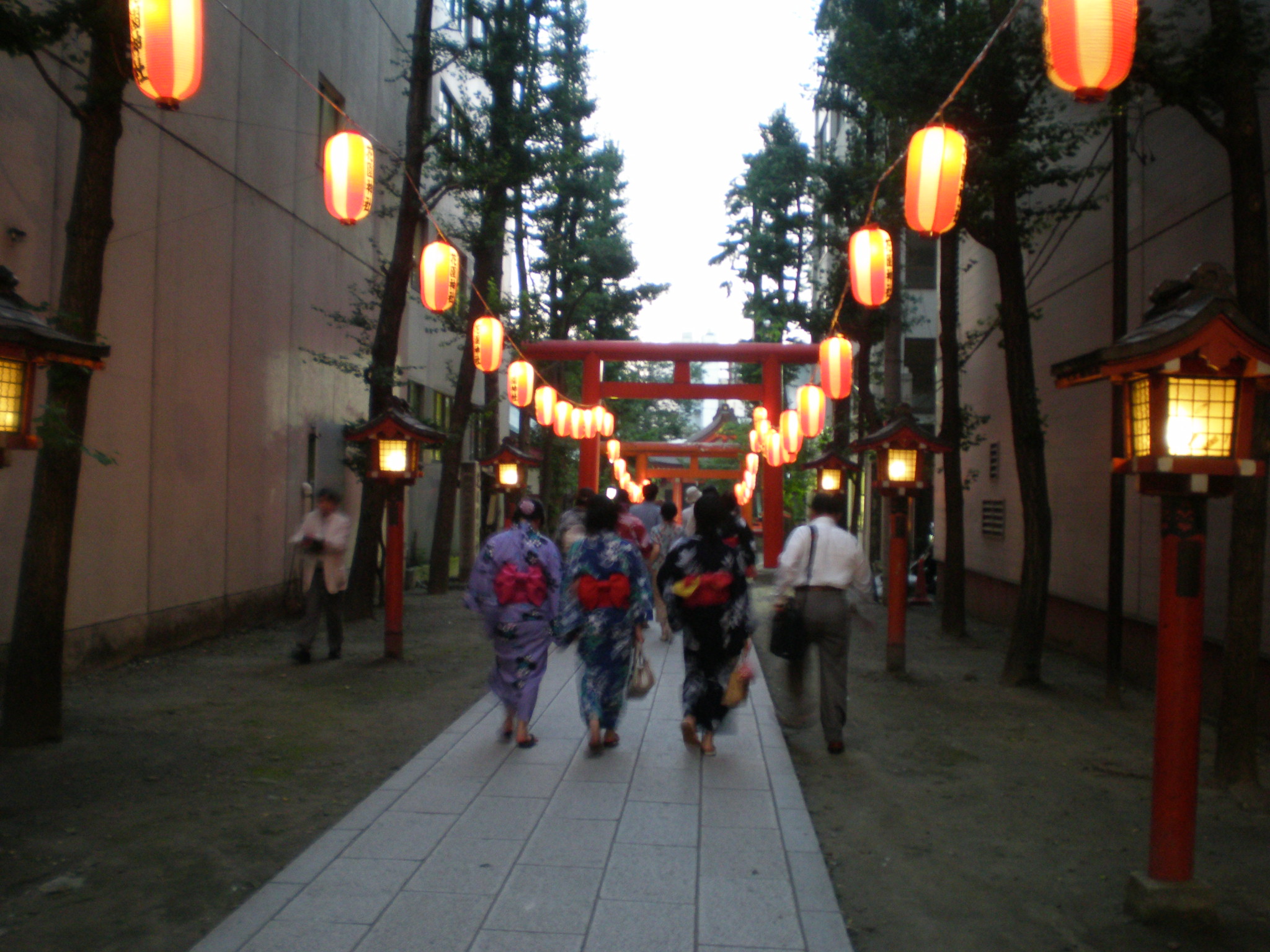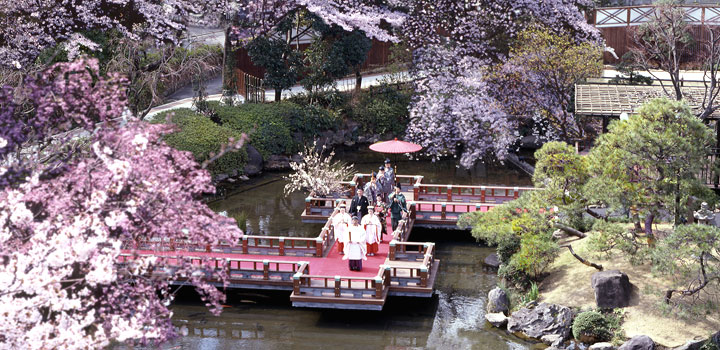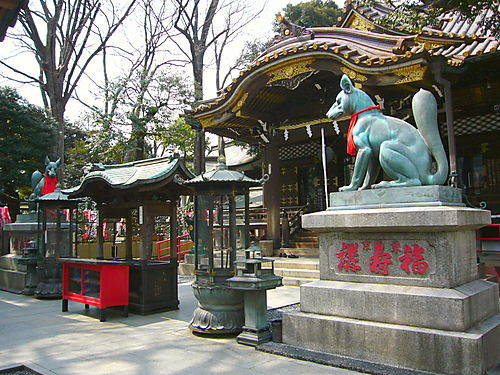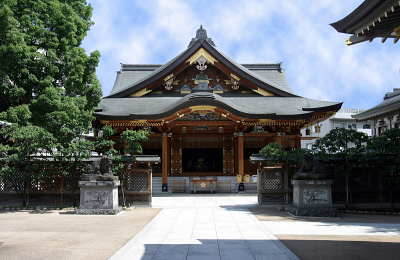- 02/03/2011
- 02/27/2021
Apartment in Nogizaka
Villurage Nogizaka?#303??????Finished / 腟?篋???? Agent commission 50% Off! Bed Rooms: 1 Floor Area:? 59.90 sqm /?644.78 sqft Address:? 28-5-9, Akasaka, Minato-ku, Tokyo Access:?1?minutes walk to?Nogizaka Station / Chiyoda Line 8 minutes walk to Roppongi Station / Hibiya Line, Oedo Line Completion: Mar. 1997 Structure: Steel-reinforced Concrete Rent: JPY198,000/month Management?Fee: JPY10,000/month Key Money:?1 month Deposit:?1 month Parking: Not Available Pets:?Not Allowed Villurage Nogizaka is located near Nogi Jinja Shinto Shrine (箙??????腓?), dedicated to Nogi Maresuke (箙?????????), a general in the Imperial Japanese Army.? The place-name of this area, Nogizaka, was named after him and the shrine. In the neighbor is also a park, Nogi Koen (箙????????). There is a convenience store in the next-next building. Entrance. There is a small dry Japanese garden outside. Elevator. Room entrance. The closets are very deep 🙂 Rest room. Powder room. The tap extends 🙂 Bath room. Kitchen, with 3 cooking stoves. There are some stains left on the cooking stoves and sink…but it is likely to come off if you rub hard. Bed room with?many closets. You won’t be worrying about lack of storage?:) Living dining room lets in light from two sides 🙂 Balcony. Presently there is a construction in the neighbor, so […]
